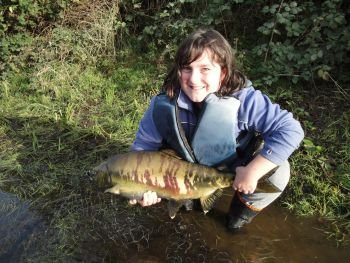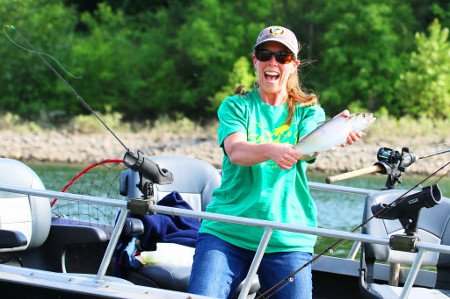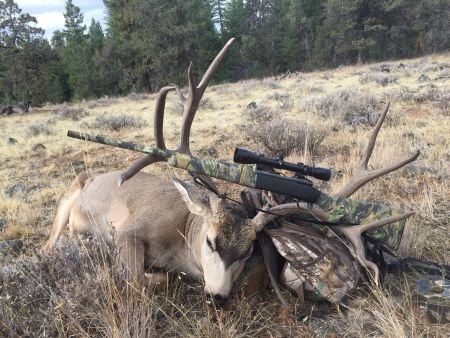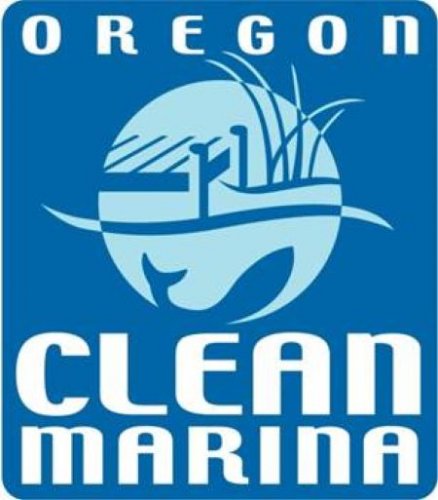Beyond The Backyard with Gerrit Roelof
A Small Window for a Unique Fish The Chum Run
A Different Kind of Salmon

(SALEM, Ore) —
When most Oregonians think about salmon fishing on the coast, they think about chinook and maybe coho. But there is another run that offers some great sport, and it’s barely more than an hour from Salem. This little gem of a fishery is called the chum salmon run on the Miami and Kilchis rivers. These are two small coastal streams that flow into Tillamook Bay. The Miami is so small that there are really no sections that can be floated. And the Kilchis has only a couple of places where you can launch a boat from. However, this dual river system sustains the only legally fishable chum run in the entire state.
Chum salmon, also known as dog salmon, have some very desirable angling traits. For one, they are extremely aggressive and acrobatic fish. They turn a variety of colors once they hit fresh water, gaining green backs with red vertical stripes, kyped jaws and extended front teeth (which makes them look much like a dog). Chums are generally not very good eating, as their meat begins to turn almost as soon as they come into the bay. But they are a fantastic and exciting sport fish.
Numbers for this year’s run are going to be strong, according to ODFW Tillamook Fish Biologist Chris Knutsen. Last year’s run was exceptional, with over 1,000 fish per mile on the Kilchis at the peak of the run. Over the last 10 years the chum return has been trending upwards, in both the Tillamook and Nehalem bays. Look for the fishing to be hot after a major rain event. These small streams are usually the first to clear, so last minute fishing plans may produce the best results.
For the gear fisherman, spinners or a bobber-and-jig setup will work very well. The primary color for these fish is chartreuse, which is a bright shade of green. Chums average about 15 pounds, and are generally larger than coho, so be prepared with gear able to handle this size of a fighter.
For fly fisherman a 10 weight rod should do the trick. According to Salem based fishing guide Rich Youngers (503-779-9905),who has spent a great deal of time on the Oregon coastal waters, chartreuse flies are the first choice. If they start to slow down, try switching to something with pink or cerise (a deep reddish pink) in it. One of Younger’s favorite patterns is the Grady Special. Swinging flies is effective, and so is nymphing under a strike indicator with a Caballero Egg.
Floating the Kilchis provides the best access to the most water. There is essentially one section to float, from the Logger Bridge down to Highway 101. Most of the land streamside is private. However there are farmers, especially on the Miami, who will allow fishermen access to their land for a small fee. Inquire locally to find these opportunities, and treat the privilege accordingly so that we can continue to enjoy this fishery.
Another important aspect specific to this fishery is to stay off the redds, or gravel beds where these fish lay their eggs. Chum salmon spawn in the lower river, so these redds can be easily damaged by wading fishermen. Use caution and stay out of these areas. Not only can you cause significant damage to future runs, but fish protecting these redds should not be harassed in any manner. The season closes at sunset on November 15th. This run really heats up for the last few weeks of the season. The chums are in now, so head out to the coast to try a different kind of salmon fishing.


